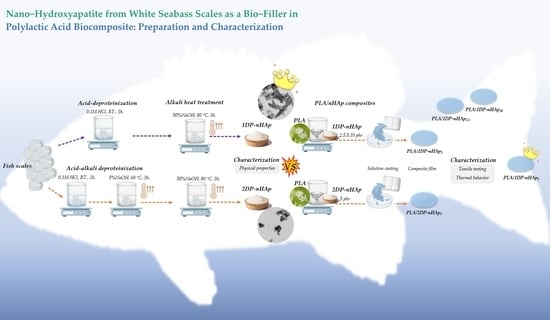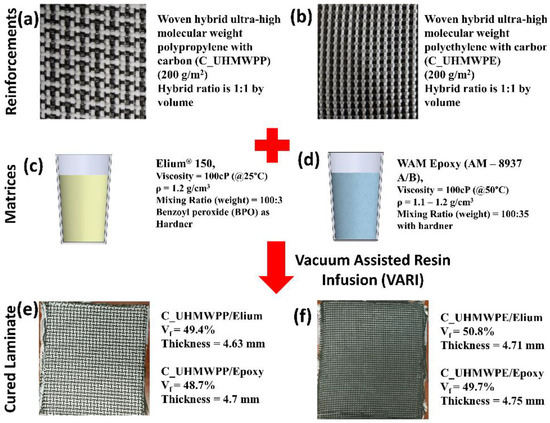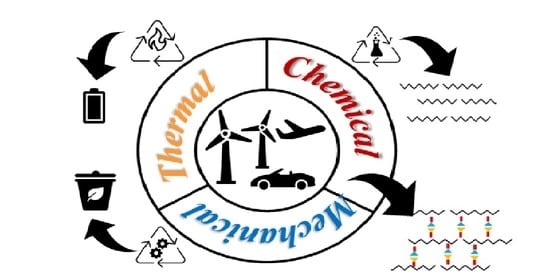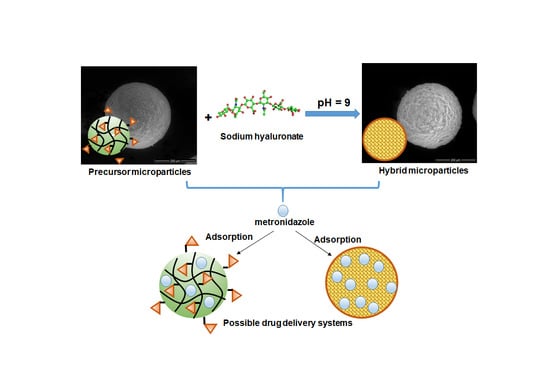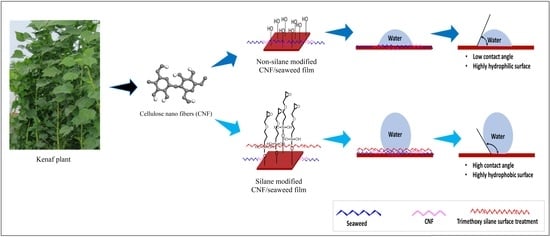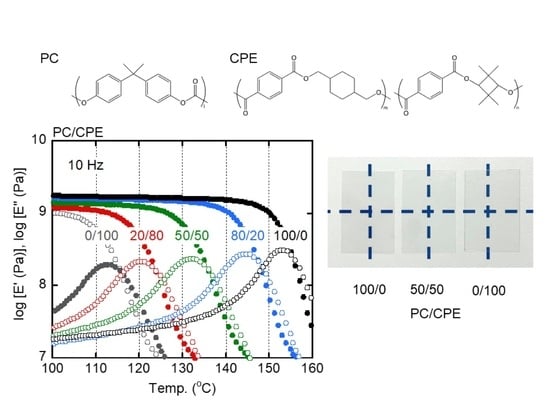Polymers 2022, 14(19), 4160; https://doi.org/10.3390/polym14194160 - 4 Oct 2022
Cited by 5 | Viewed by 3359
Abstract
Various implant treatments, including total disc replacements, have been tried to treat lumbar intervertebral disc (IVD) degeneration, which is claimed to be the main contributor of lower back pain. The treatments, however, come with peripheral issues. This study proposes a novel approach that
[...] Read more.
Various implant treatments, including total disc replacements, have been tried to treat lumbar intervertebral disc (IVD) degeneration, which is claimed to be the main contributor of lower back pain. The treatments, however, come with peripheral issues. This study proposes a novel approach that complies with the anatomical features of IVD, the so-called monolithic total disc replacement (MTDR). As the name suggests, the MTDR is a one-part device that consists of lattice and rigid structures to mimic the nucleus pulposus and annulus fibrosus, respectively. The MTDR can be made of two types of thermoplastic polyurethane (TPU 87A and TPU 95A) and fabricated using a 3D printing approach: fused filament fabrication. The MTDR design involves two configurations—the full lattice (FLC) and anatomy-based (ABC) configurations. The MTDR is evaluated in terms of its physical, mechanical, and cytotoxicity properties. The physical characterization includes the geometrical evaluations, wettability measurements, degradability tests, and swelling tests. The mechanical characterization comprises compressive tests of the materials, an analytical approach using the Voigt model of composite, and a finite element analysis. The cytotoxicity assays include the direct assay using hemocytometry and the indirect assay using a tetrazolium-based colorimetric (MTS) assay. The geometrical evaluation shows that the fabrication results are tolerable, and the two materials have good wettability and low degradation rates. The mechanical characterization shows that the ABC-MTDR has more similar mechanical properties to an IVD than the FLC-MTDR. The cytotoxicity assays prove that the materials are non-cytotoxic, allowing cells to grow on the surfaces of the materials.
Full article
(This article belongs to the Section Polymer Applications)
►
Show Figures


